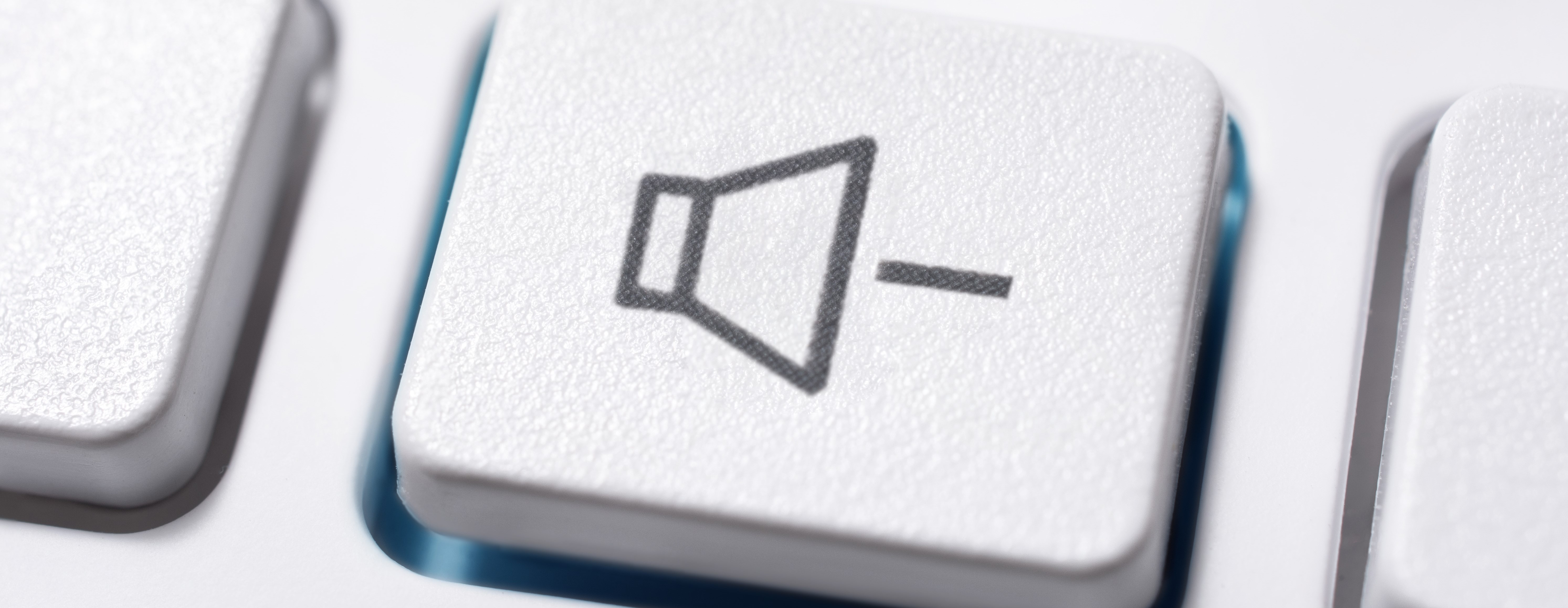Turn the Volume Down: 5 Email Automations That Reduce Cx Clutter
member engagement | Member Communications | Email Automation | member retention
Topping operational-efficiency, automating your email communication based on data or behavioral triggers is proven to increase marketing metrics such as open, click through, and campaign conversion rates.
At a higher view, automation also has a track record of quick financial benefits with 76% of marketers saying they see a positive return on investment (ROI) within just one year of automating.
So, it's clear you can derive a great deal of value from email automation in terms of efficiency and efficacy. Barring you have a platform that supports high powered email automation, what are some of the best automation programs to increase productivity, improve marketing campaign results, and ultimately reduce communication clutter?
*Note that since welcome-series and renewal series are already commonly used amongst associations, we excluded them from this list.
For baseline automation, you can simply focus on reminding the user what items, events, or registrations were left in the cart. You can then create compelling copy on a well-designed email that entices the recipient to go back and finish their transaction. It's also a good idea to throw in a clear and easy link back to the checkout page in your call to action.
To get more advanced with this automation, you can:
- Throw in a special offer such as a discount to expedite the process
- Apply the “scarcity effect” where the cart is only saved for a limited. amount of time so that the user feels a sense of urgency to checkout.
- Use personalized content with messaging from your member services representative.
For the best results, make sure you personalize the content based on product or customer data stored in your association management system (AMS) and/or customer relationship management (CRM) system.
Also, set your reminder rhythm to two or three emails:- 48 hours is the standard timeframe after abandonment.
- The second reminder is scheduled about one to three days after the first.
- The third email is scheduled four to seven days after that.
Remember to elevate that sense of urgency as you follow-up and continuously A/B test your cadence and audience engagement.
- Anniversaries with the association
- Completion of CE credits or certifications
- Committee and volunteer involvement and participation
For advanced deployment, consider:
- Segmenting by years of membership to run a dynamic series with historical wins and personalized memories.
- Using milestone-based incentives such as free invites to webinars or events for birthdays and/or association anniversaries.
- Sending a round-up of 2023 recommendations based on previous attendance, activities, and/or highlights from 2022.
- Applying anniversary automation to celebrate member loyalty with incentives, gifts, and VIP-style deals.
In all cases, use data-based triggers for relevance and timely delivery of emails. This is your chance to demonstrate to your members that you know them, care about what they care about, and are appreciative of their participation.
While browsing behaviors are basic components to email automation, there are other equally important practices to consider for well executed journeys:
- Add free content recommendations, next-step roadmaps, or upselling opportunities in your emails.
- Leverage RSS feeds to update your members when new content is published on your website.
- Make the emails interactive, limiting sends only to high-priority actions.
- Use real-time email personalization based on member profile data.
In all cases, make sure you're mapping the browsing behavior to the right content and product/program.
- Celebrate the purchase decision
- Reiterate the value of what was purchased along with instructions
- Highlight potential add-ons or supplemental products and services
- Use lead-up reminders (for event registrations)
At the more advanced level, consider:
- Incorporating social proofing or member testimonials in your emails.
- Personalizing the message through profile data or email preferences.
- Sending discounts or additional offers to create urgency.
- Providing a recommended visual checklist to facilitate up- and cross-selling.
It's important to tread carefully with this automation. As with any marketing approach, mismanagement could lead to dissatisfied members. There are few ways to avoid over-stepping with members who've invested in you:
- Make sure no upsell or cross-sell email is activated until five to seven days after the purchase so as not to interrupt the primary transaction.
- Send an immediate “thank you” after their purchase and request feedback where relevant.
- Make sure program upgrades can be purchased as easily as possible.
Ultimately, these campaigns should be designed with the member experience in mind. Even if revenue is on the line, start by solving their problems first and then follow-up with thoughtful product/program recommendations.
For example, if you're building an automation for lapsed members, start with the basics:
- Contact members with six months to a year of inactivity and focus on recapping the membership benefits that align with those members.
- Try surveying to learn about their specific motivations and priorities since you last engaged with them.
- Personalize the content based on their previous participation.
- Throw in a special reactivation offer or exclusive content access to accelerate their interest.
Relative to the other automations on this list, this one is most effective when a strong connection is made to the value of their previous membership. As such, a great deal of historical data will be coming out of the organization's AMS.
- Determine what you want to accomplish (more purchases, sign-ups, revenue, applications, etc.).
- Pave the path to get there based on your technology stack.
- Pre-determine the information you need before configuration: triggers, cadence, branching (if/then) logic, end points, removal criteria, assets, etc.
Once the strategy and data are in place, focus your resources on developing and organizing your content assets. This includes all aspects of the user’s journey from graphics, messaging, and calls to action to designing and publishing the landing pages that hold your end points (sign-ups, etc.).
The last step is the actual creation of the automated workflow. Put everything together on your email automation tool (i.e. Adestra) or CRM system or marketing automation platform (i.e. HubSpot) to get the campaigns going. This step also includes validating counts, testing contacts, and QA-ing actions within the workflow to ensure it's configured properly across every scenario and segment.
About Emily Nash
With a unique background in start-ups-to-studios, and consulting-to-corporate settings, Emily specializes in solving for unknowns, pioneering new services, and collaborating with marketers and strategists. In her community, she served on the board of American Institute for Graphic Arts as their Communications Director to help promote networking and mentorship opportunities for area designers and creatives. She’s also a co-producer for Rethink Association, a podcast for associations.






